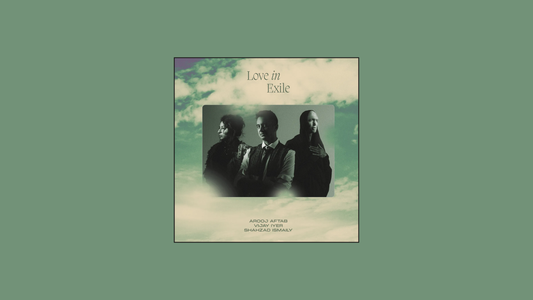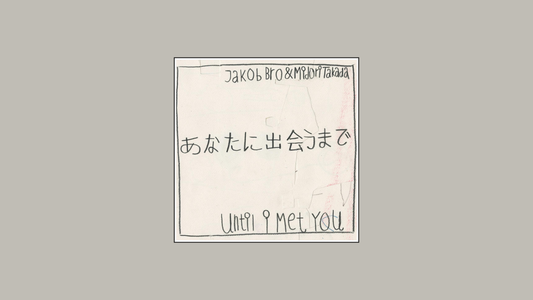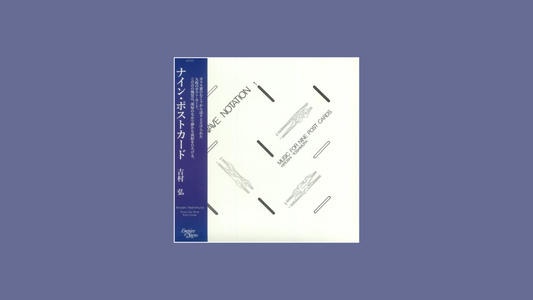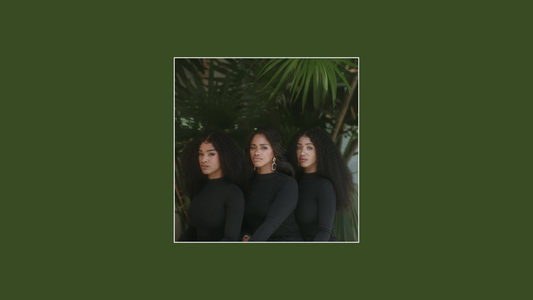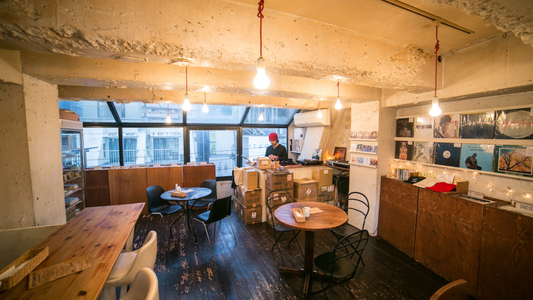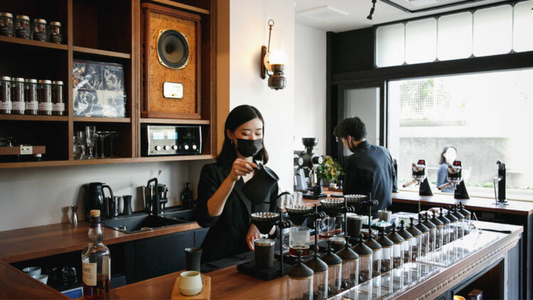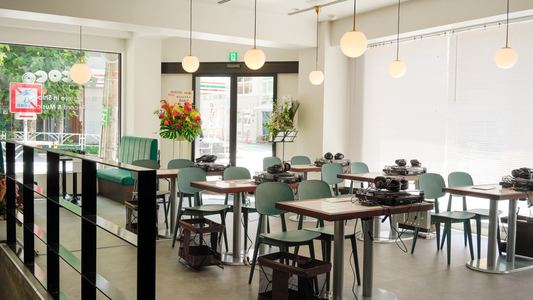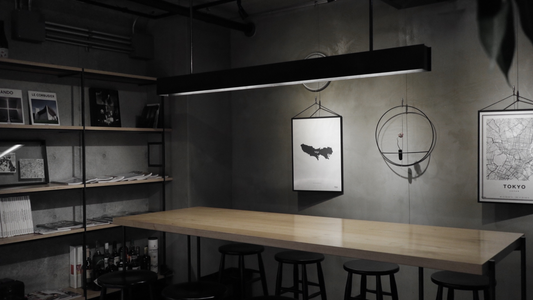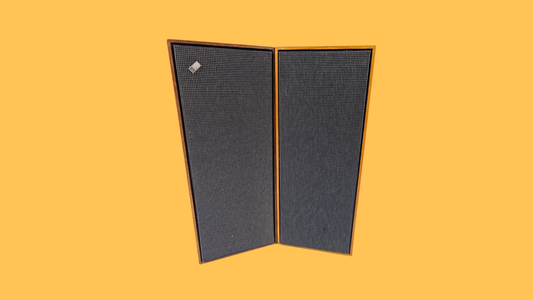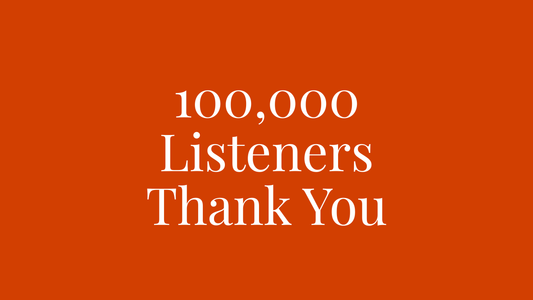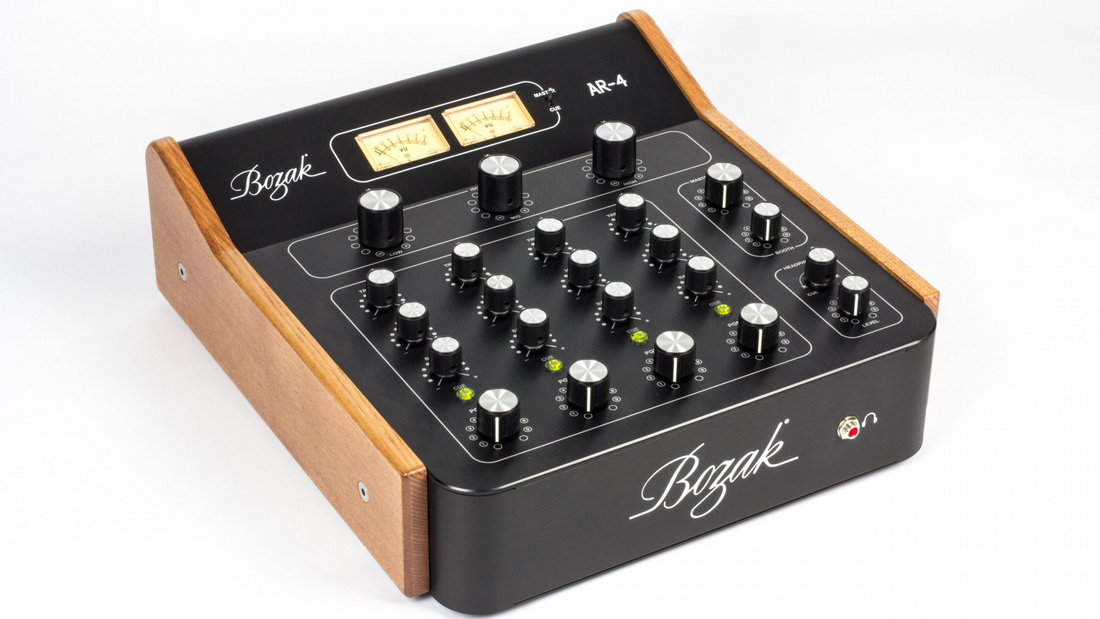
Bozak — The Rotary That Built the Dancefloor
By Rafi Mercer
Every culture has its instruments, and for New York’s dancefloors of the 1970s, the instrument was not just the record or the turntable, but the rotary mixer. At its heart was the Bozak CMA-10-2DL, a machine designed by Rudy Bozak that would go on to shape the sound of the Loft, the Paradise Garage, and countless underground clubs. Today, decades later, its influence is still felt in listening bars, where selectors seek not just fidelity but flow — the ability to move through records as if the night itself were an extended mix.
Rudy Bozak was a Swiss-born engineer who made his name building sound systems for American institutions. By the late 1960s, he had turned his attention to mixers, creating units that were not only rugged but musical. Unlike the fader-based broadcast consoles of the time, Bozak’s mixers used rotary pots — smooth, circular controls that allowed DJs to blend channels gradually, sculpting transitions rather than slicing them. The result was a sound that felt continuous, warm, organic.
This was not a small shift. In David Mancuso’s Loft parties, the Bozak became an extension of the ethos: records played in full, blended with care, the flow of music treated as a journey rather than a series of cuts. Larry Levan, at the Paradise Garage, pushed the same mixer into a tool of expression, using its EQ and rotary sweep to build tension and release across hours. The Bozak sound was not about punch or spectacle; it was about immersion — a smoothness that made the dancefloor feel endless.
That same smoothness translates perfectly into listening bars. I recall one in Brooklyn where a restored Bozak sat behind the counter, its brushed metal face and big rotary knobs gleaming under soft light. The selector was playing Pharoah Sanders’ You’ve Got to Have Freedom, blending seamlessly into Alice Coltrane’s Journey in Satchidananda. There was no jolt, no hard cut — only continuity. Patrons noticed not the transition but the way the atmosphere deepened, as if the bar itself had inhaled and exhaled with the change.
Compared with modern digital mixers, the Bozak is deceptively simple: a handful of inputs, EQ, and level controls. Yet that simplicity is its strength. In bars, it encourages selectors to focus on the records themselves, to shape a night as a narrative rather than a set of tricks. The warm, open sound of its analogue circuitry carries across genres — jazz, soul, disco, house — with equal ease.
Visually, it carries its own aura. Large rotary knobs, sturdy metalwork, a layout that feels more like studio gear than DJ toy. In a bar, it looks serious, authoritative, the kind of object that signals listening is not casual here. Patrons may not know what it is, but they sense its gravity.
Even now, original Bozaks are sought after, restored by specialists and cherished by bars and DJs who understand their significance. They remind us that fidelity is not only about playback, but about control — about how music is presented, shaped, and shared.
In the end, the Bozak rotary mixer represents continuity. It connects the dancefloors of 1970s New York with the listening bars of today, carrying forward a philosophy of flow. It proves that sound is not just about what you play, but how you move between moments. And in a bar, where nights unfold like extended mixes, that philosophy is everything.
Rafi Mercer writes about the spaces where music matters. For more stories from Tracks & Tales, subscribe, or click here to read more.
